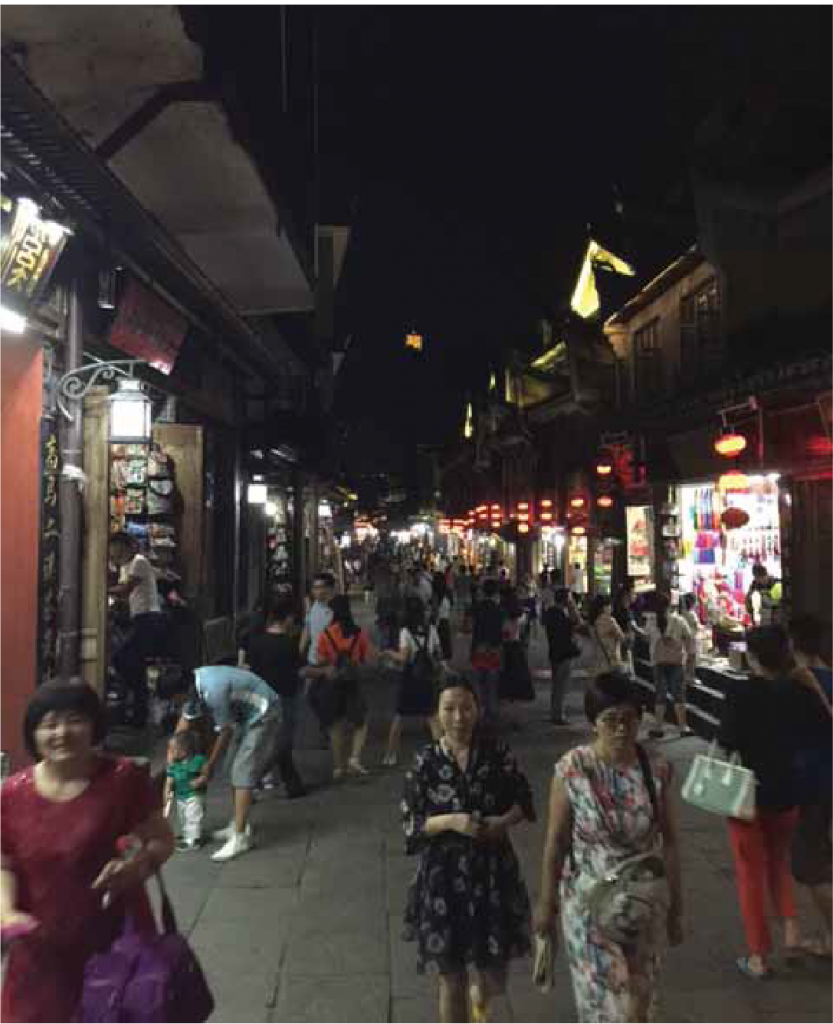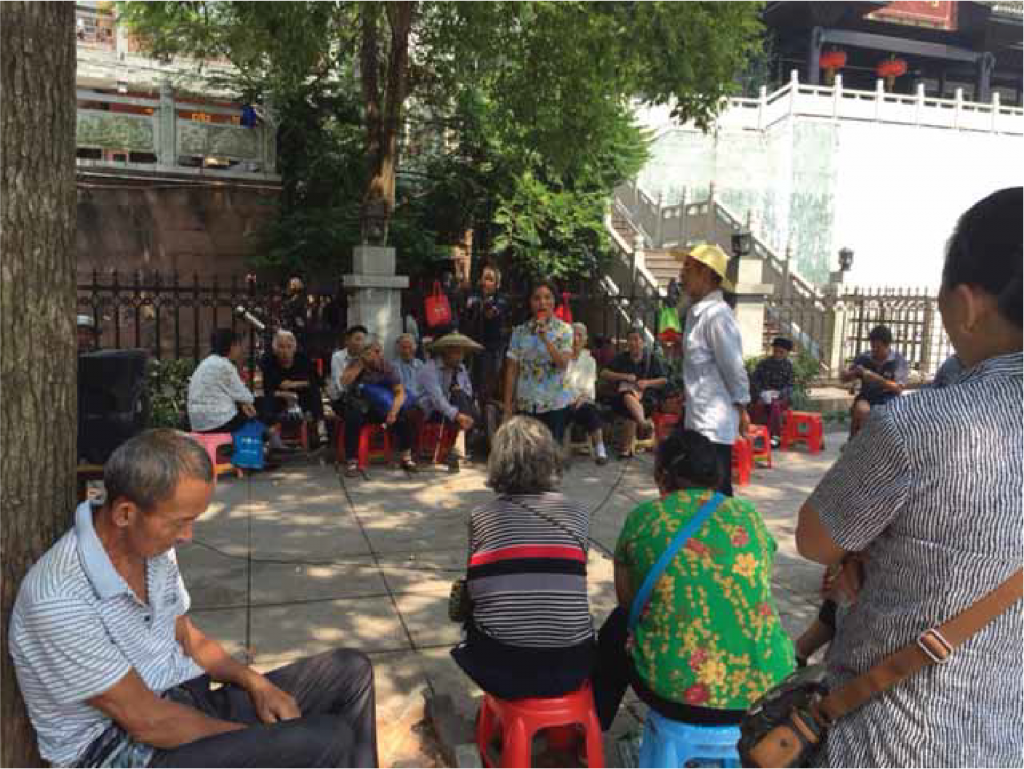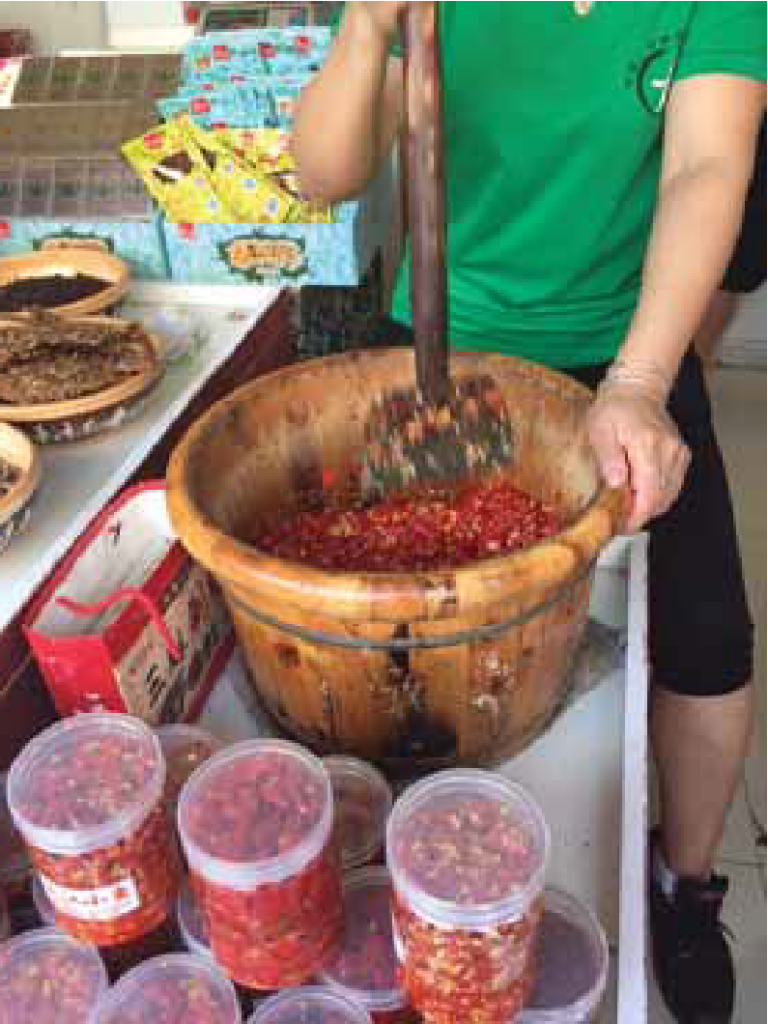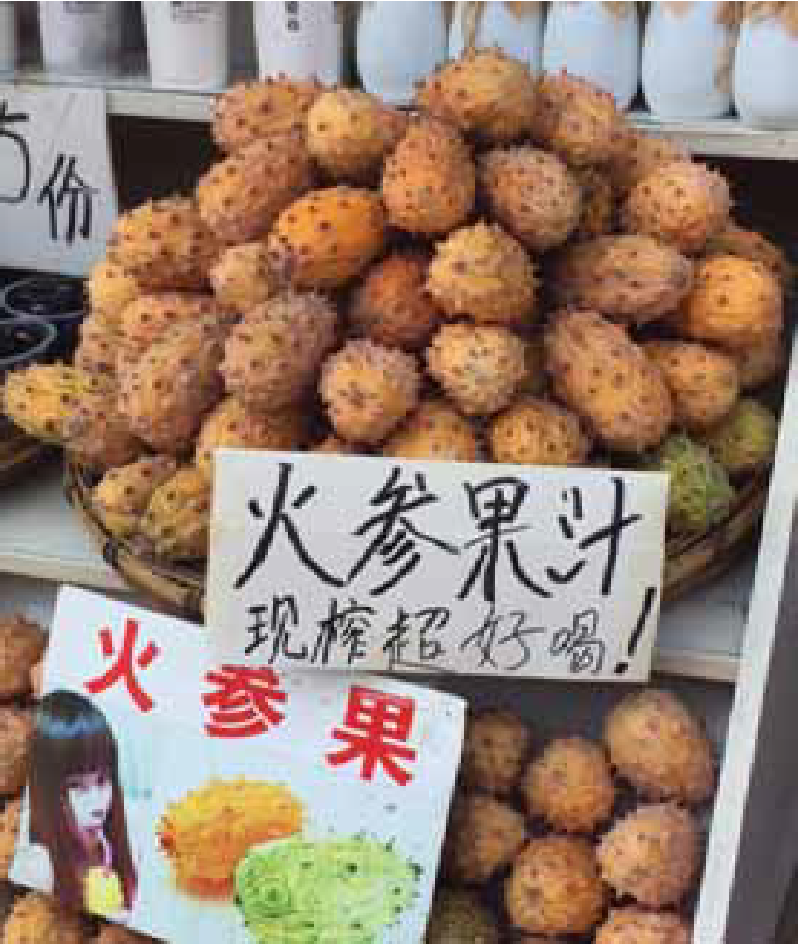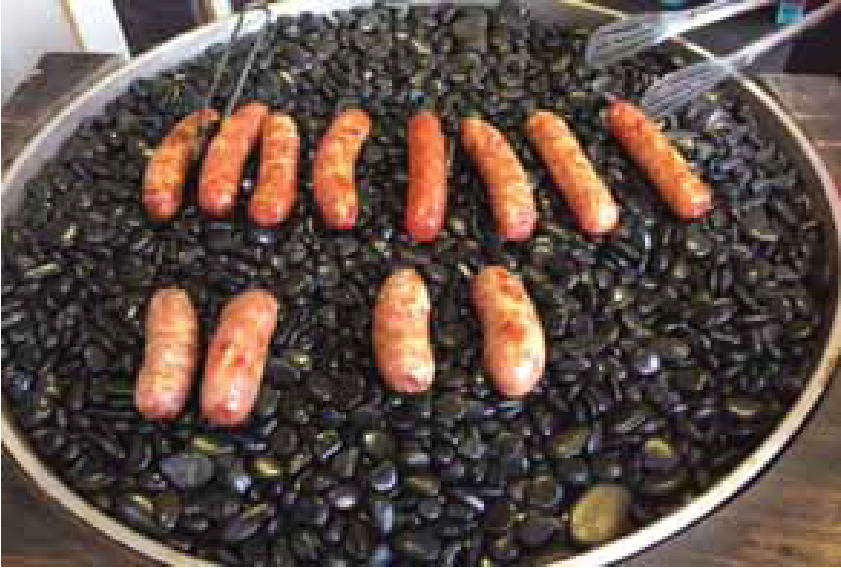The legend goes that the phoenix – feng huang (鳯凰) – lived in the mountains of Hunan province in western China. As the mythical bird – symbol of the empress (the dragon is the symbol of the emperor), it represents longevity since it re- emerges from the flames each time it is consumed by fire – was flying above the Tuo Jiang (沱江) river, it was captivated by the extreme beauty of the area and came down to make its home in the county that now bears its name, Feng Huang.
This town of around 400,000 people located on the western boundary of Hunan is divided by the Tuo Jiang into the new and old sections. As in most of China, high-rise condominiums and office buildings seek to rival the verdant mountains reaching up to the sky; medium-rise buildings abound as well.

Feng Huang Ancient Town (鳯凰古城) dates back to the Spring and Autumn Periods (770-476 BC), but the present day structures were built around 1704 during the reign of Emperor Kangxi of the Qing Dynasty (1644-1911). Here, time has passed gently and slowly, with houses built on stilts (because of the spring floods) over the Tuo Jiang at the foot of mountain slopes bearing the distinctive architectural style of the Qing Dynasty. There are also beautiful old gardens and numerous towers and pagodas that enhance the town’s natural beauty.
Over half of the population is composed of Miao (苗族) (with some Tujia 土家族) minority, and their unique customs, arts, cuisine and traditions remain. Feng Huang was the center of the unsuccessful Miao Rebellion of 1854, which dispersed many Miao people out to other Southeast Asian countries. Feng Huang is also the site of the so-called Southern China Great Wall (中 國南方長城), built in the Ming Dynasty (1368-1644) to protect the Han population from Miao attacks.
Visitors can get a glimpse of what life was like in days gone by. Alleyways paved with flagstones – polished to a sheen by foot traffic over centuries – meander between wooden houses where generations of local people lived serene lives in what is considered one of the most beautiful towns in China. Today, these wooden houses have been repurposed into shops selling curios and souvenirs, local delicacies (be sure to get some ginger sugar 姜糖) and the fiery red chillies that the town is famous for.
Evening – and well into the night – is the best time to explore ancient Feng Huang, when it comes alive in brilliant display as lanterns light up the houses on both sides of the Tuo Jiang. These days pubs, restaurants, even karaoke bars have taken over these houses. The bridges that span the Tuo Jiang are similarly lit up.
On the full moon night that we visited, the alleyways and the promenades on both sides of the river were packed, everyone enjoying the beautiful evening, no one rushing to go anywhere. We imagined what it must have been like decades, centuries ago, when residents would come out on a moonlit night to stroll by the river, watched over by the mountains and the phoenix that made its home among the peaks.
Cradled as it is by mountains and a life- giving river, Feng Huang has given birth to several worthy sons. Foremost among them is writer Shen Congwen (沈從文 1902- 1988), considered one of the greatest modern Chinese writers. He was twice nominated for the Nobel Prize in Literature, first in 1980 and then again in 1988. He was slated to take the prize in 1988 but died before he could be awarded the honor.
Shen’s house in Feng Huang is an oft-visited tourist attraction. Among the many items on exhibit are his “four treasures of a scholar” – brush, ink, inkstone and paper.
His short story “Xiaoxiao” about a child bride in rural Hunan was made into a film in the 1950s. In 1986, another film based on the story, now titled “A Girl from Hunan,” was released, the first mainland film to be released in the US. It was shown at the Cannes Film Festival in 1987. A short novel, “Border Town,” a love story set in Feng Huang, is known to every family here. It was also made into a film in 1984 and won awards at international film festivals.
His other notable works include “Long River,” “Lamp of Spring” and “Black Phoenix,” the last two collections of short stories.
Another outstanding artist from Feng Huang is Huang Yongyu (黄永玉 born 1924), an acclaimed contemporary painter int he traditional Chinese style. An impressive collection of his works can be seen at the Hongqiao Art Building.
Huang is known for his woodblock prints and ink paintings, especially long, scroll-like works, but he has also published poems, essays, novels and screenplays. Scenes from Feng Huang figure prominently in his paintings. His frescoes on Buddhist stories in the Zhunti Nunnery are a major attraction. He spent years in Italy (“like going home,” he says) but now lives in Beijing. His works command hefty prices at auction, up to $100,000 per square meter.
If you happen to visit Hunan, look up to the sky, and if you happen to spot a beautiful bird in full wing, follow it to the home of the phoenix.

